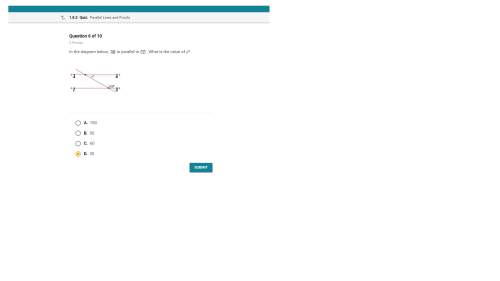
Mathematics, 25.03.2020 22:32 samarth4315
Regions $A, B, C, J$ and $K$ represent ponds. Logs leave pond $A$ and float down flumes (represented by arrows) to eventually end up in pond $B$ or pond $C$. On leaving a pond, the logs are equally likely to use any available exit flume. Logs can only float in the direction the arrow is pointing. What is the probability that a log in pond $A$ will end up in pond $B$?

Answers: 1


Another question on Mathematics

Mathematics, 21.06.2019 14:00
Describe the symmetry of the figure. identify lines of symmetry, if any. find the angle and the order of any rotational symmetry.
Answers: 2

Mathematics, 21.06.2019 15:00
Consider the diagram. which line segment has the same measure as st? rx tx sr xs
Answers: 3


Mathematics, 22.06.2019 00:30
Consider this expression and the steps to evaluate it. 4^5(−2)^9/4^8(−2)^3 1. apply the quotient of powers: (−2)^a/4^b 2. evaluate powers: c/d select the value of each variable. a = _ b = _ c = _ d = _
Answers: 3
You know the right answer?
Regions $A, B, C, J$ and $K$ represent ponds. Logs leave pond $A$ and float down flumes (represented...
Questions

Business, 10.11.2020 21:40

Mathematics, 10.11.2020 21:40


Biology, 10.11.2020 21:40

Mathematics, 10.11.2020 21:40

Advanced Placement (AP), 10.11.2020 21:40

Computers and Technology, 10.11.2020 21:40



Mathematics, 10.11.2020 21:40




Spanish, 10.11.2020 21:40

English, 10.11.2020 21:40

Computers and Technology, 10.11.2020 21:40


English, 10.11.2020 21:40


Mathematics, 10.11.2020 21:40




